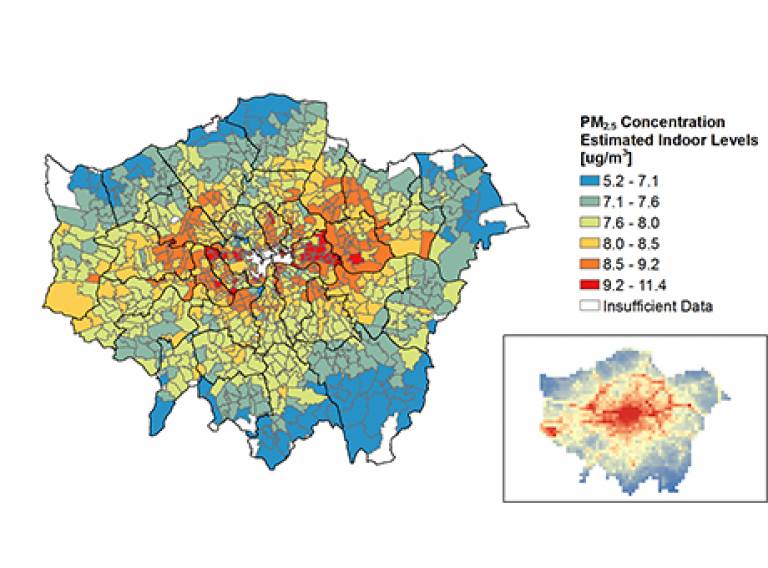UCL IEDE's Anna Mavrogianni to speak at Vision 2016 Education Programme
8 April 2016

Lecturer in Sustainable Building and Urban Design at UCL IEDE, Dr Anna Mavrogianni, will speak at the Vision Education Programme as part of the Building Health and Wellness stream.
Anna will speak on 'Indoor overheating and air quality in homes' as well as participate in a panel session on 'What is THE optimal indoor environment? Who knows best? And what does the future hold?'. Both of these are scheduled for 8 June, the second day of the two day programme at London Olympia.
Abstract for 'Indoor overheating and air quality in homes'
The last two decades have seen a growing research and policy interest in the assessment and mitigation of overheating risk in buildings of previous heating-dominated climates. This has been driven by current climate change projections that predict an unprecedented rise in the frequency and severity of extreme heat episodes, as well as recent events, such as the 2003 and 2006 European heat waves, which primarily affected elderly and socially isolated individuals. Significant emphasis has been placed recently on the role of the indoor environment; a large proportion of the deaths that occurred in 2003 in France were attributed to indoor heat exposure for individuals living alone at home. As 66% of the population is projected to live in cities by the middle of the century, tackling the issue of climate change-driven overheating in urban areas, where heat risk may be magnified by urban heat island effects and increasing urbanisation, emerges as a priority.
Another significant driver of indoor overheating and poor indoor air quality is the unintendended consequences of poorly applied energy efficiency principles in building construction. New and retrofitted dwellings need to meet increasingly strict energy efficiency standards, which is fundamental in order to deliver a thermally efficient building stock and a reduction in fuel poverty, thus achieving the Government’s carbon emission reduction targets and a transition to a low carbon economy. However, if high levels of thermal insulation and air tightness are not combined with appropriate climate change adaptation strategies, such as shading, natural ventilation and other passive cooling measures, the risk of uncomfortable or excessive summer indoor temperatures and high levels of indoor air contaminants may be inadvertently increased.
Overheating may be already an issue even under the current climate; it has been estimated, for example, that it currently affects 20% of households in the UK. In recent years, there has been a significant body of academic literature comprising both monitoring and modelling studies of heat risk in UK homes. The UK Government and construction industry have also responded to this challenge by launching a number of projects and reports that have emphasised the need to improve our understanding of heat risk across the UK’s building stock and embed climate resilience in planning, building design and retrofit. This talk will present best-practice guidance on addressing overheating and indoor air quality in new homes and discuss what needs to be done to ensure productivity, comfort and health in UK buildings.
 Close
Close

